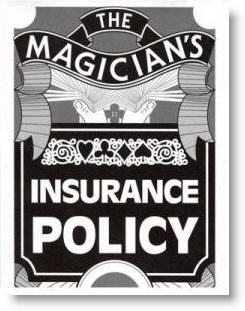Question:
“How do you handle the homeowners insurance on a seller carry back? Whose name? Who pays? Thanks for always taking the time to answer all my ?’s!” — Snodgrass & Penelope, Realtors
(P.S. Ladies and gentlemen, this is why we make sure that the buyer/note payor carries fire insurance. If you’ve provided the financing on the sale of your own property and carried paper, do you want this happening to the collateral securing your note? There wouldn’t be much left to foreclose on, would there?)
Answer:
This is a great question, and brings up a very important aspect of holding a note that sellers need to be aware of. Sometimes it’s hard to get your head around how seller financing works. People are so accustomed to complicated financial situations that the simplicity of owner financing escapes them.
An easy way to understand it is just to realize that the only thing that is different on a seller carry back vs. a traditional sale is the identity of the “bank.” The seller (home owner) becomes the bank.
Obviously, there is no third party lender, but there is a lender. So, the insurance is handled the same way as it would normally be, it’s just that instead of “Wrote-Down-a-Billion-This-Month Financial” listed as the Loss Payee, it’s the name of the seller.
At the close of escrow, you would ideally want the buyer to pay a full years’ worth of insurance in advance, and make
The note holder (seller of the property) should demand proof every year that insurance is kept current, is adequate to cover any loss, and that he is listed as loss payee. If he is named as a loss payee and keeps his address current with the insurance company, he should receive a certificate of insurance every year.
NOTE TIP: Never allow a policy to lapse for even a second!
If the Payor (buyer/owner of the property) refuses to maintain adequate coverage, then you can do one of two things (provided your note contains the proper language . . . another reason to consult a note professional):
- “Force Place” a policy and include the premium in the remaining balance of the note. You will earn interest on the premium that you paid at the face rate of the note. When the note becomes due, you will include the insurance premiums in your pay-off demand.
- Failure to maintain adequate fire insurance is always cause to proceed with foreclosure.
Sometimes people carry paper to get the deal done, but they end up wanting to sell their note because they just don’t like keeping track of insurance, making sure property taxes are kept up, etc. They think it’s just better to sell at a discount and get out and not worry about the security of the note.
If sellers carrying paper plan on selling their note at some point, they ABSOLUTELY need to consult with a note professional to set up the note in a way that protects its value. The secondary trust deed market is changing all the time, and sometimes sellers unwittingly take back a note that isn’t worth a dime in the secondary market.
Hope this helps!
- I want to carry paper, please help me create a valuable note.
- If I Carry Paper, How Much Will I Get Each Month?
Like what you’ve read? Why not sign up to receive future posts by email?
Leave a comment or ask a question!
Read about other Note Holder Tips

